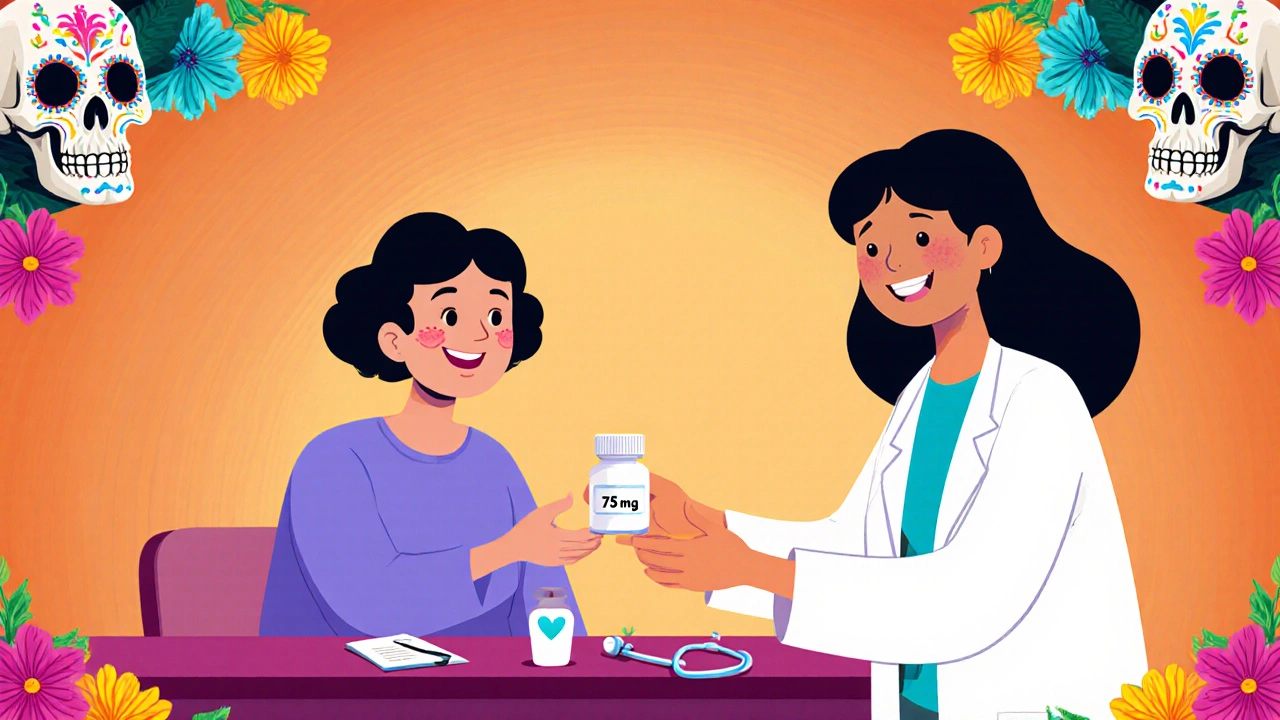Side Effects: What They Are and How to Manage Them
Ever taken a pill and noticed a weird feeling afterward? That’s a side effect. It’s any reaction the body has that isn’t the main purpose of the drug. Side effects can be mild, like a headache, or serious, like trouble breathing. Knowing what to look for can save you a lot of hassle.
First off, not every reaction is a side effect. Sometimes you might feel something because you’re sick already, or because you mixed two meds that don’t get along. The key is to see if the symptom started after you began the new medication and if it fits what the label says.
Reading a Side‑Effect List
Every drug label has a section called "Adverse Reactions" or "Side Effects." It’s usually in bullet form. Common side effects are listed first – these happen to most people. Rare side effects are at the bottom – they might happen to just a few out of a thousand.
When you scan the list, match the words to how you feel. Does it say "nausea" and you’re feeling queasy? That’s a match. If you see "dizziness" and you’re light‑headed, note it. Keep a notebook or phone note with the date you started the drug, the dose, and any new symptoms. This makes it easy to show your pharmacist or doctor.
Don’t ignore the "serious" or "warning" warnings. Those are red flags. They often mention things like "rash that spreads" or "shortness of breath." If any of those pop up, stop the medication if you can and get medical help right away.
When to Get Professional Help
If a side effect feels annoying but not dangerous, you can usually manage it at home. Drink more water for dry mouth, eat a light snack if the pill makes you hungry, or take the drug with food if the label allows. Over‑the‑counter remedies, like an antacid for stomach upset, can also work.
However, if you notice any of the following, call a professional:
- Difficulty breathing or wheezing
- Swelling of the face, lips, tongue, or throat
- Severe rash, blistering, or itching
- Chest pain or rapid heartbeat
- Sudden confusion, severe headache, or vision changes
Sometimes a side effect can be solved by changing the dose or switching to a different drug. Your doctor can adjust the prescription, but never change the dose on your own unless the label says it’s safe.
It’s also worth checking for interactions with other meds, vitamins, or herbs you’re taking. Websites like opdp.org let you look up a drug and see common interactions and side effects in plain language. A quick search can tell you if your supplement might amp up a side effect.
Remember, side effects are a normal part of taking medicines. They don’t mean the drug is bad, just that your body is reacting. By staying aware, noting changes, and talking to a health professional when needed, you keep the benefits while minimizing the downsides.
So next time you start a new prescription, keep an eye on how you feel, jot down any odd symptoms, and don’t be shy about reaching out for help. Your health is worth the extra attention.
Deprescribing Frameworks: How to Safely Reduce Medications and Cut Side Effects
Deprescribing helps older adults safely reduce unnecessary medications to cut side effects, improve quality of life, and prevent hospitalizations. Learn how evidence-based frameworks guide this process and what you can do today.
Living with Clopidogrel: A Patient’s Journey and Practical Tips
A practical guide that walks patients through life on clopidogrel, covering how it works, side effects, genetics, and easy tips for staying adherent.
- 11
- Read More
Retrovir: The Definitive Guide to Zidovudine Uses, Side Effects, and Effectiveness in HIV Treatment
Retrovir (zidovudine) transformed HIV care by reducing virus loads, boosting immune strength, and lowering transmission risk. Learn the facts, benefits, and practical tips to use it safely and effectively.
- 14
- Read More


